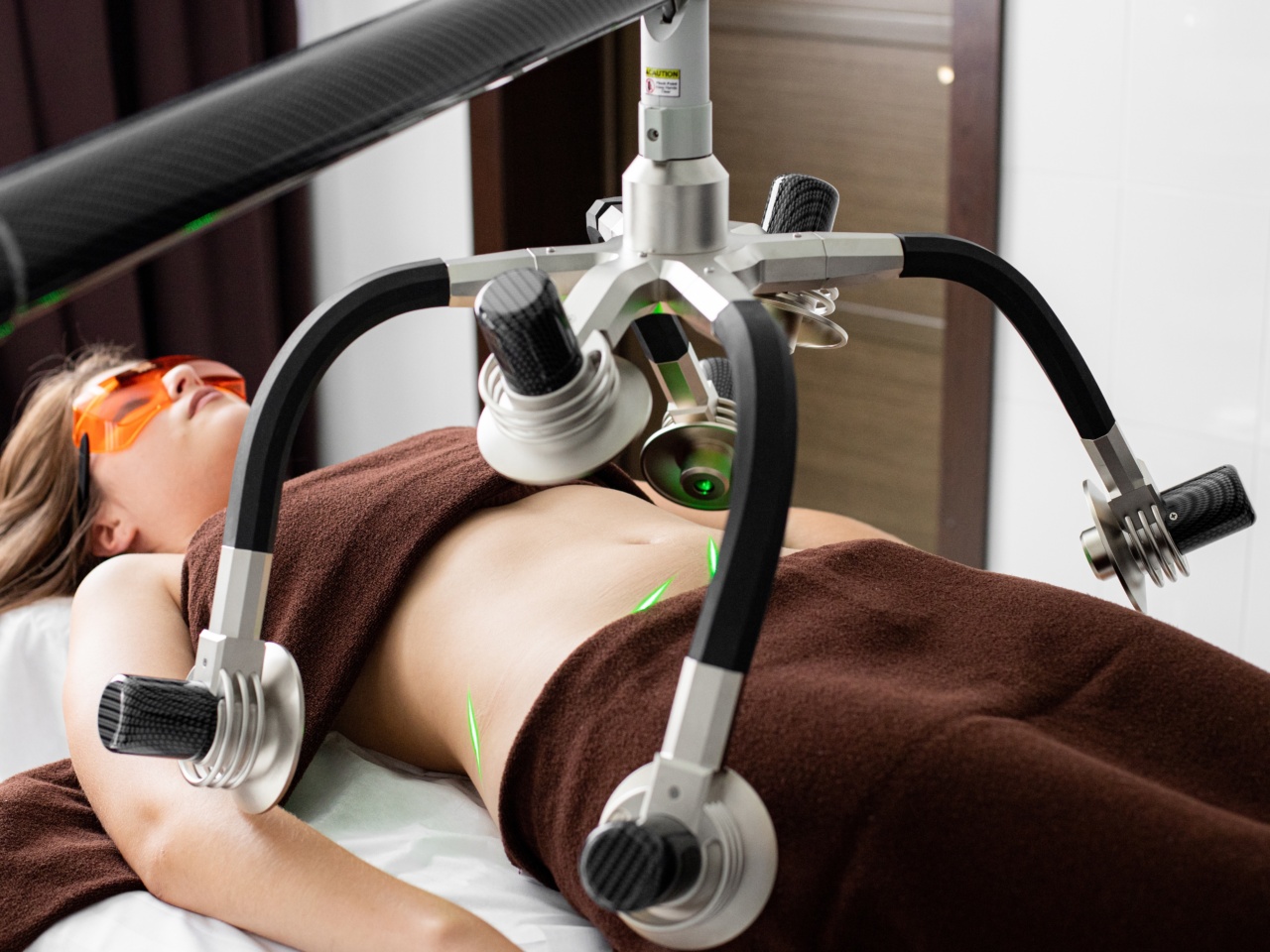Belly fat is one of the most stubborn types of fat to lose. Most people struggle with reducing belly fat despite doing everything right, from regular exercise to following a healthy diet.
Although there’s no magic pill to shed belly fat overnight, you can accelerate the process by sticking to the right combination of diet and exercise. In this article, we’ll show you how to target belly fat with the revolutionary diet –the low-carb, high-protein diet.
The Low-Carb, High-Protein Diet
Low-carb, high-protein (LCHP) diets have been around for quite some time now. They are great for weight loss as well as boosting overall health.
Studies show that LCHP diets can drastically reduce belly fat, provided you stick to the right kind of carbohydrates and proteins.
Why Low-Carb, High-Protein Diets Work
The reason these diets are effective at reducing belly fat is because they reduce insulin levels in the body. Insulin is a hormone that helps regulate blood sugar levels and stores excess glucose as fat in the body.
When you consume carbohydrates, your body breaks them down into glucose, which triggers an insulin response. Eating too many carbs can lead to high insulin levels, and this can cause fat storage, especially in the belly area.
Low-carb diets help reduce insulin levels, and this reduces fat storage in the body. Additionally, protein is great for keeping you full, and this can help curb cravings and binge eating, making it easier to stick to a healthy diet.
What to Eat on a Low-Carb, High-Protein Diet
The key to success on a low-carb, high-protein diet is balance. You need to make sure you’re getting enough protein to keep you full, but not so much that it puts a strain on your kidneys.
Furthermore, you need to be smart about your carb choices, focusing on whole, unprocessed carbs that won’t spike your insulin levels.
Here are some examples of foods you can eat on a low-carb, high-protein diet:.
- Lean protein sources: chicken breast, turkey breast, fish, and lean beef.
- Vegetables: leafy greens, broccoli, cauliflower, bell peppers, and mushrooms.
- Nuts and seeds: almonds, walnuts, chia seeds, and flaxseeds.
- Dairy: cheese, yogurt, and milk (in moderation).
- Healthy fats: olive oil, coconut oil, avocado oil, and grass-fed butter.
It’s important to note that not all protein sources are created equal. You want to avoid processed meats like sausages and bacon.
Additionally, you want to choose low-carb vegetables like spinach and kale over high-glycemic vegetables like potatoes and corn.
Benefits of Low-Carb, High-Protein Diet
There are many benefits to adopting a low-carb, high-protein diet beyond just weight loss. Here are some benefits:.
- Reduces inflammation in the body.
- Regulates blood sugar levels and reduces insulin resistance.
- Improves heart health by reducing triglycerides and increasing HDL (good) cholesterol levels.
- Lowers blood pressure.
- Reduces the risk of type 2 diabetes.
Conclusion
If you’re looking to target belly fat effectively, the low-carb, high-protein diet is a great place to start. By reducing your carb intake and increasing your protein intake, you can reduce insulin levels in your body and promote fat loss.
Remember to stick to whole, unprocessed carbs and lean protein sources to optimize the effectiveness of this diet.


























